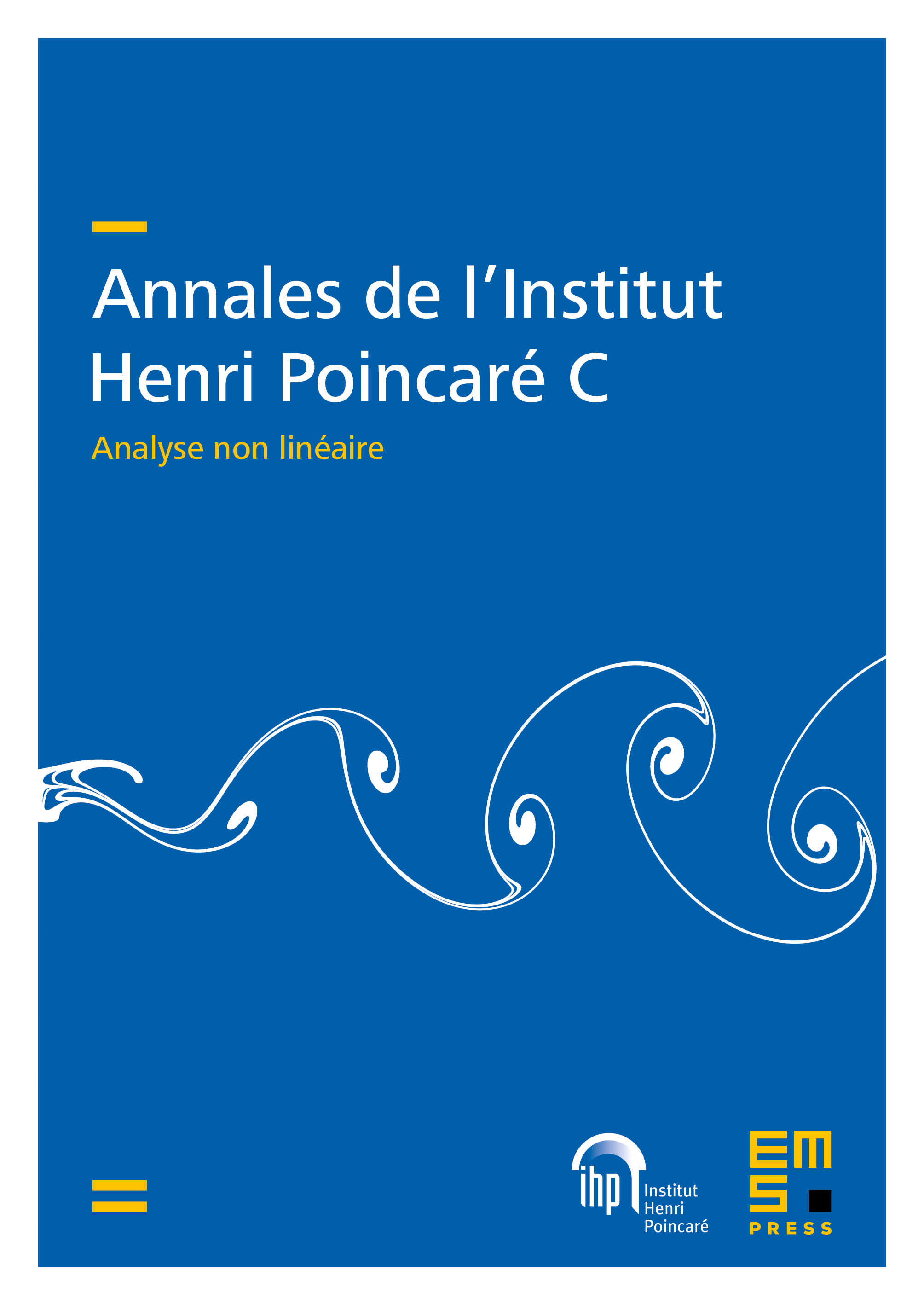Constrained control of gene-flow models
Idriss Mazari
Paris Dauphine University, FranceDomènec Ruiz-Balet
Imperial College London, United KingdomEnrique Zuazua
Friedrich-Alexander-Universiät Erlangen-Nürnberg, Germany; University of Deusto, Bilbao, Basque Country, Spain; Autonomous University of Madrid, Spain

Abstract
In ecology and population dynamics, gene flow refers to the transfer of a trait (e.g. genetic material) from one population to another. This phenomenon is of great relevance in studying the spread of diseases or the evolution of social features, such as languages. From the mathematical point of view, gene flow is modeled using bistable reaction–diffusion equations. The unknown is the proportion of the population that possesses a certain trait, within an overall population . In such models, gene flow is taken into account by assuming that the population density depends either on (if the trait corresponds to fitter individuals) or on the location (if some zones in the domain can carry more individuals). Recent applications stemming from mosquito-borne-disease control problems or from the study of bilingualism have called for the investigation of the controllability properties of these models. At the mathematical level, this corresponds to boundary control problems and, since we are working with proportions, the control has to satisfy the constraint . In this article, we provide a thorough analysis of the influence of the gene-flow effect on boundary controllability properties. We prove that, when the population density only depends on the trait proportion , the geometry of the domain is the only criterion that has to be considered. We then tackle the case of population densities varying in . We first prove that, when varies slowly in and when the domain is narrow enough, controllability always holds. This result is proved using a robust domain perturbation method. We then consider the case of sharp fluctuations in : we first give examples that prove that controllability may fail. Conversely, we give examples of heterogeneities such that controllability will always be guaranteed: in other words the controllability properties of the equation are very strongly influenced by the variations of . All negative controllability results are proved by showing the existence of nontrivial stationary states, which act as barriers. The existence of such solutions and the methods of proof are of independent interest. Our article is completed by several numerical experiments that confirm our analysis.
Cite this article
Idriss Mazari, Domènec Ruiz-Balet, Enrique Zuazua, Constrained control of gene-flow models. Ann. Inst. H. Poincaré Anal. Non Linéaire 40 (2023), no. 3, pp. 717–766
DOI 10.4171/AIHPC/52